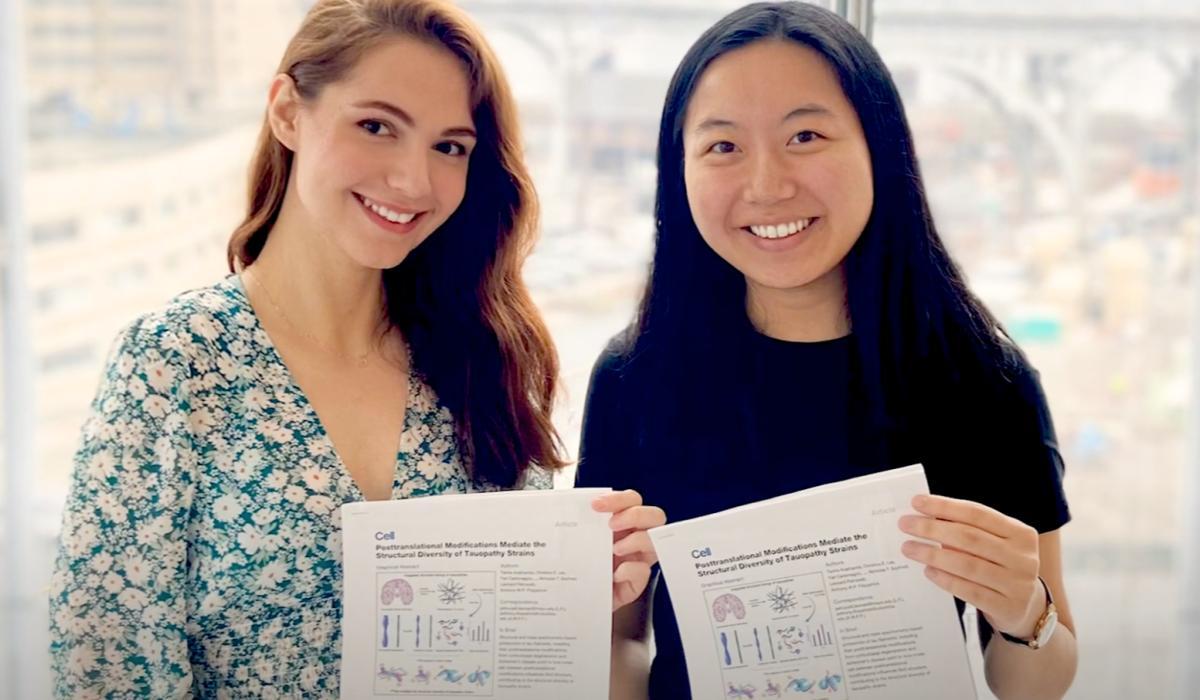How can research opportunities bring more women to the field of neuroscience?

Two undergraduates, Tamta Arakhamia and Christina Lee, have been working in the Fitzpatrick Lab at Columbia’s Zuckerman Institute. There, they have been studying the mysterious protein tangles that characterize Alzheimer’s disease. These tangles cause brain cells to die, resulting in the loss of basic functions.
In the lab, Arakhamia and Lee have been focusing on tau, a toxic protein, looking for the initial event that makes the proteins start to gather in a specific location. By examining the structure of the protein using a cryo-electron microscope, they are able to see the actual protein filaments. These glimpses of protein tangles, including sightings of denser areas, will allow them to trace their origins.
“It’s exciting because this was my first experience with actual research,” said Arakhamia. Her research at the Fitzpatrick Lab enabled her to shadow a top neurosurgeon at the Mayo Clinic in Florida, helping her explore a potential career path linked to the work she has done on Alzheimer’s disease. Lee’s time in the lab has validated her interest in pursuing scientific research as a career: “It really has confirmed for me that I really like being in a lab and doing science every day. And ideally, I think I’d like to do that for the rest of my life.” Learn more.
Make Your Commitment Today




